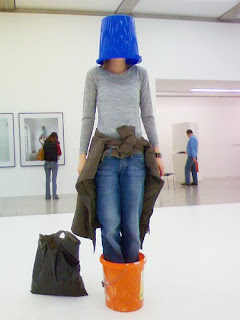Notes#007
Carey Young -Donor Card
Frieze 2009
Impossible Exchange (curated by Filipa Oliveira + Miguel Amado) Frieze Projects
Donorcard was created with the assistance of a legal team comprising Robert Lands of Finers Stephens Innocent LLP and Dr. Jaime Stapleton of Birkbeck College.”
"Mining institutional critique, community-based movements, self-organization traditions, and activism, their proposals address the production of symbolic value in the “age of questioned capitalism” – an expression suggested by the global financial crises. Through their socially engaged practice “impossible exchange” establishes a counter-public sphere that radically envisions change on the economic, political, and cultural levels."

Carey Young Donor Card

uk donor card



















